Here YA contributor Kirsty digs into Auckland’s water crisis and how we can work to conserve our water usage and be better guardians for our planet moving forward.
It’s all over the radio waves (yes, literally and metaphorically) that there are water restrictions in Auckland right now, and we should all be doing our part to reduce our usage of water to conserve it. The water reservoirs for Auckland have dropped to a level unseen by my generation. Auckland’s water crisis is felt by all.
It’s something that comes up in New Zealand almost every summer. But this year we’ve found ourselves in the middle of a rainy winter, still with the need to save water. What?! As someone who takes for granted the clean, fresh stream of temperature-controlled H20 from multiple faucets in the house, it’s challenging to comprehend the seemingly sudden scarcity of this very same resource. I can’t help but think of others far less fortunate.
Watercare, an Auckland Council organization, reckons it will take several weeks of consistent heavy rain to refill our supplies to a healthy level. Only then will we drop the stage one restriction of the metropolitan water supply network. The rainy season is helping, but the skies above our beloved Aotearoa, Land of the Long White Cloud, are as temperamental as ever.
It’s a slow refill of those reservoirs.

Let me illustrate with some stats for those of you that love a good numbers comparison.
At the end of June 2020, we had 255% more rainfall than average for the time of year; we had a wet start to winter, but since we were already behind on the reservoir levels – experiencing a hangover from summer if you will – this didn’t fix the problem. Then the rainfall reduced.
According to Watercare, in the last two weeks, we’ve had 31% and 9% less rain than average for the time of year. But, in the upcoming seven days, we are due a positive 14% more again.
You can see how these uncontrollable highs and lows sort of average out, and if you live in Auckland, you’ll know first hand how unpredictable our weather is. One moment, I might be preparing to leave the house, looking out at dark grey clouds and wincing at the thought of soggy socks. Instead, twenty minutes later, I’ll have arrived at my destination completely dry without even unfolding my umbrella. It’s weird.
But it does mean it’s not wholly depressing when a downpour starts.

What about storage?
The average water storage in Auckland at this time of year sits at 82.8% capacity, but right now, we have only 57.4% capacity stored. That’s quite a bit less than ideal.
In the peak of 2020 summer, Auckland region was consuming 568 million liters per day. The target consumption for this month (July 2020) is 409 million liters per day. At the moment, our number is sitting at 394 (woo!), so with a small pat on our backs, let’s continue to conserve – and get better at preserving.
You can view the latest water storage levels on this graphic here; (I love me a good visual representation!).
Right now, we – Aucklanders, that is – are getting almost 40% of our water from the Waikato River, putting a massive strain on both the region and the unfortunate human beings responsible for sussing it out. To be sufficient in Auckland, we need to see our storage percentage rise and our usage percentage stay relatively low. It sounds like simple maths with a complex social solution, right?!
To ease the situation, we can do much more than just continue as usual and wait for the next drenching, as satisfying as it sees those glaring rainclouds frequently roll in from the West Coast.
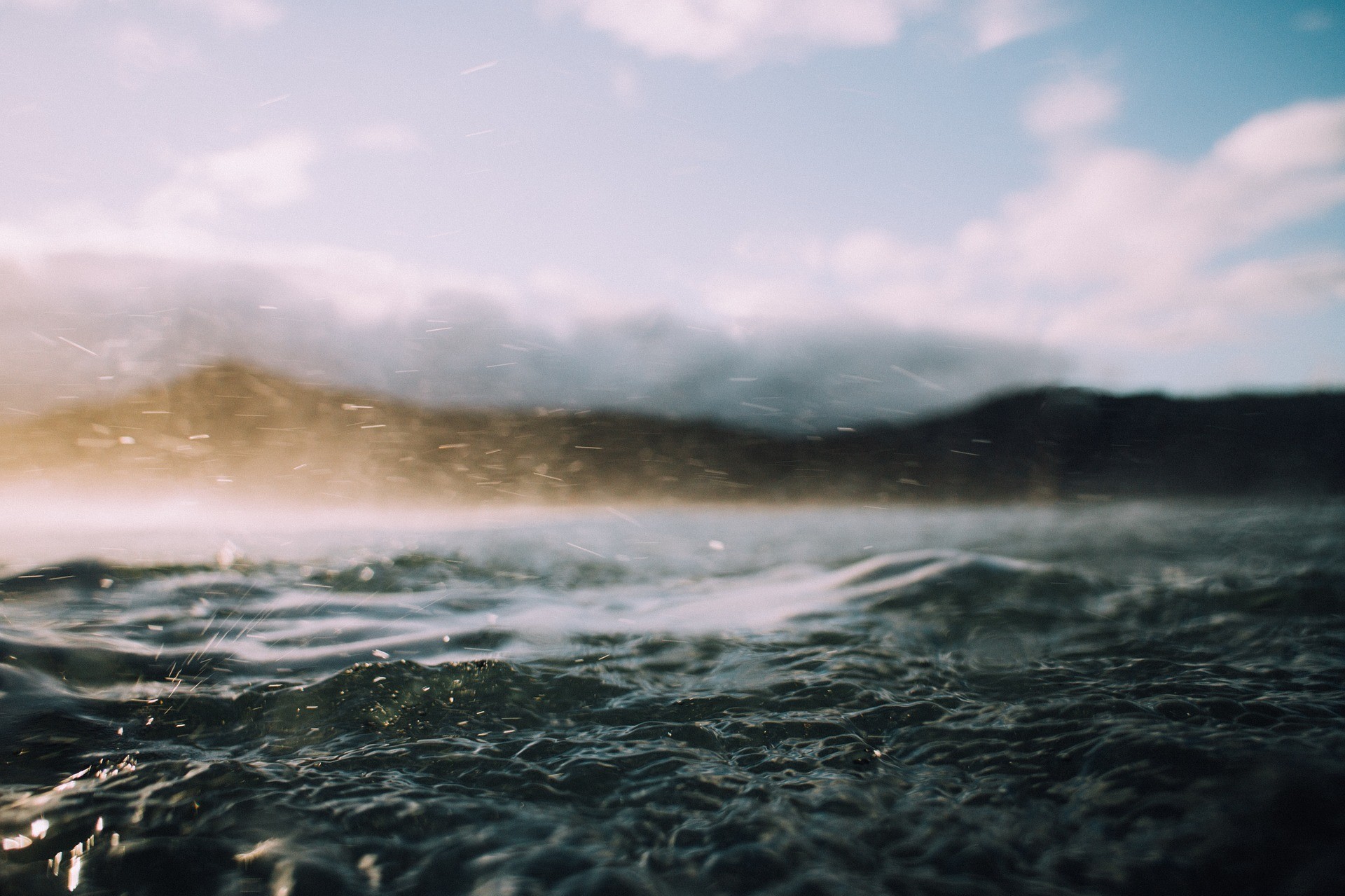
So what can we do?
At the moment, residential water users are not allowed to use an outdoor hose or water blaster and are encouraged to keep showers short, and dishwashers and washing machines full. So we’ve stopped doing some of these activities. But how many of us think about the water we’re using in other businesses, at the time?
If we all band together – as individuals – and keep up the conversation around water conservation, we will start to see some changes. Just like soft plastic recycling. Just like banned plastic bags in the supermarket. Just like the increase in plant-based restaurants. We all suspected our actions were insignificant in these mini movements, too, right? But together, these small consumer changes have altered demand and therefore affected supply. We can do the same with conserving water; we just have to make it cool, relevant, and noisy.
Get this: apparently, if we try, we can save 20 liters of water a day each.
You might be wondering, but how exactly?!
So we’ve put together some beyond-the-obvious tips and tricks to help you out. Here are six key ways you can conserve water during Auckland’s water crisis – and afterward, too.
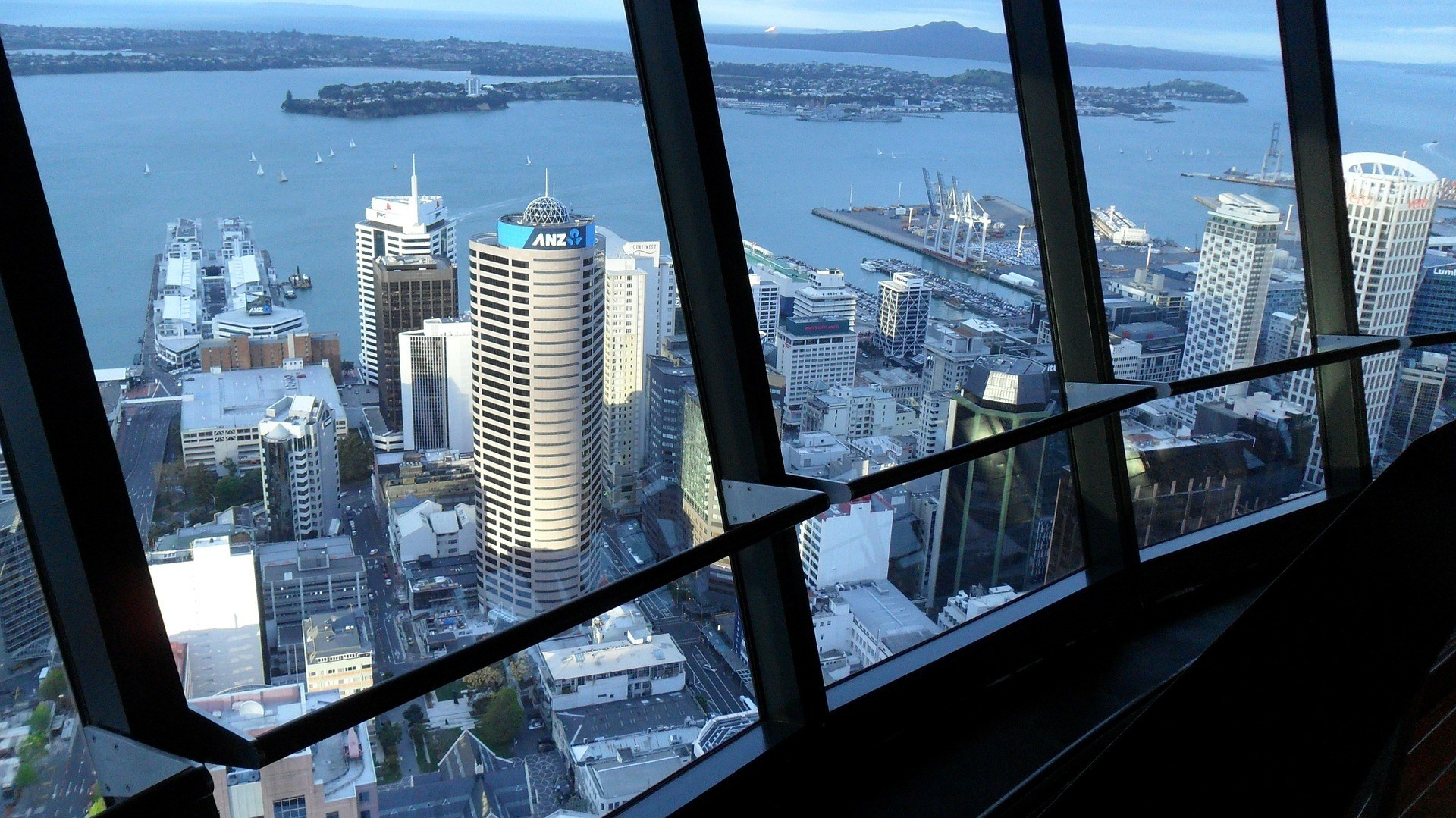
1. Boil the kettle instead of running a hot tap
Bingo! This is probably most useful for doing the dishes.
Instead of running the tap for a minute or so until the powerful stream of water turns warm enough, put the jug on instead! By filling the sink with boiling water and then running the *cold* tap in to make it warm, you can save at least a liter of clean water going straight down the drain while you wait for the ideal temperature.
I initially started doing this because I hated watching the clean water run down the drain when so many countries in the world would savor every drop. It’s been easy to continue doing it in winter because – lol – diluting the boiling water from the jug has been a super effective method in warming up hands; therefore, I’ve started wanting to do the dishes because it beats hovering over a cup of tea.

2. Turn off the tap ‘in-between.’
It seems so obvious, but I bet you’ve been tempted to leave it on for ‘just a second or two.’
I hope that readers already turn the tap off for the two to three minutes it takes to brush your teeth, but since I’ve seen many people on my travels who leave it running (aaarrgghhhh), it’s worth mentioning now.
Whether you are brushing, shaving, or doing whatever sort of grooming floats your boat – turn the tap off. Just do it. It takes half a second to turn it back on again. Same with rinsing dishes; use a brush as the pressure point, not the pressure of the water itself. Good old fashioned elbow grease (a.k.a. effort) is better than lazy water pressure-blasting – and waste.
When you’re running the shower hot, make sure you’re fully naked and ready to jump in, instead of undressing and getting distracted while the heat is already pumping out at break-neck speed. Instead of taking all your bobby pins out or hanging up your dressing gown while the water’s getting hot (um, guilty), find a new activity to entertain yourself for the literal twenty seconds that it takes.
These precious seconds of water wastage contribute to our ongoing struggle, and you’d be surprised how little time passes before the steam starts to show, and you can confidently dunk your head in the hot stream. Mmmm.
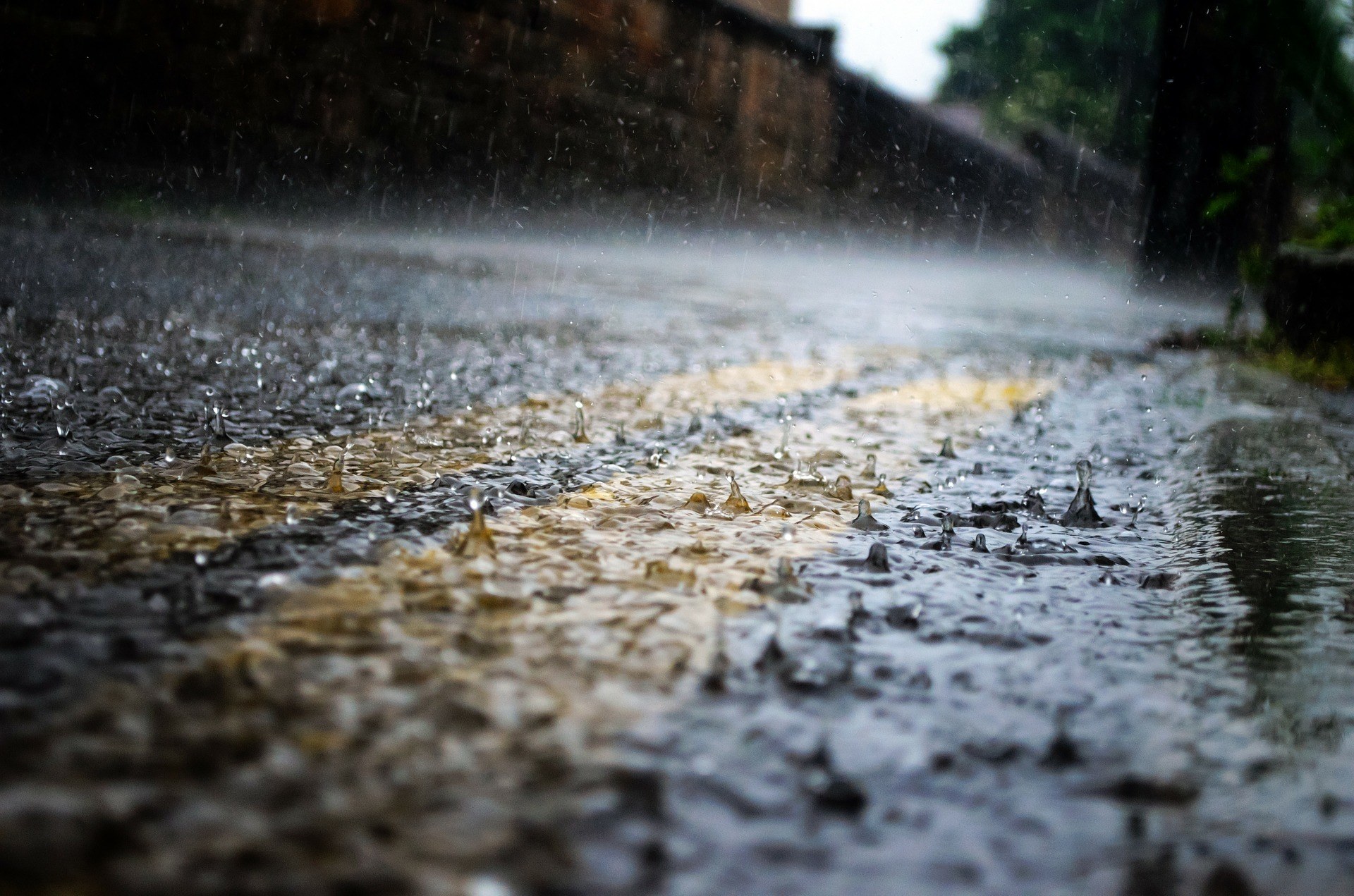
3. Use your toilet less
I don’t mean, hold your pee for several hours (but you can if you want), but rather, don’t flush tissues or *cringe* sanitary wear.
These should go in the bin instead. Flushing the toilet uses surprisingly more water than other household activities – up to 14 liters per flush – so if you can opt for the “half flush” button, you probably should. If you really want, you can go with the “if it’s yellow, let it mellow” mantra… but I’ll leave that one up to you. Along with the washing machine, and those unethical long showers, the toilet is the biggest water user.
Surprised? I was too, but now I think about it every time I do a number two, and I can flush away smugly in the knowledge that I’m making the most of that 14 liters right there.
Maybe it’s time this article starts to pop into your head at the crucial flushing moment too. You’re welcome.
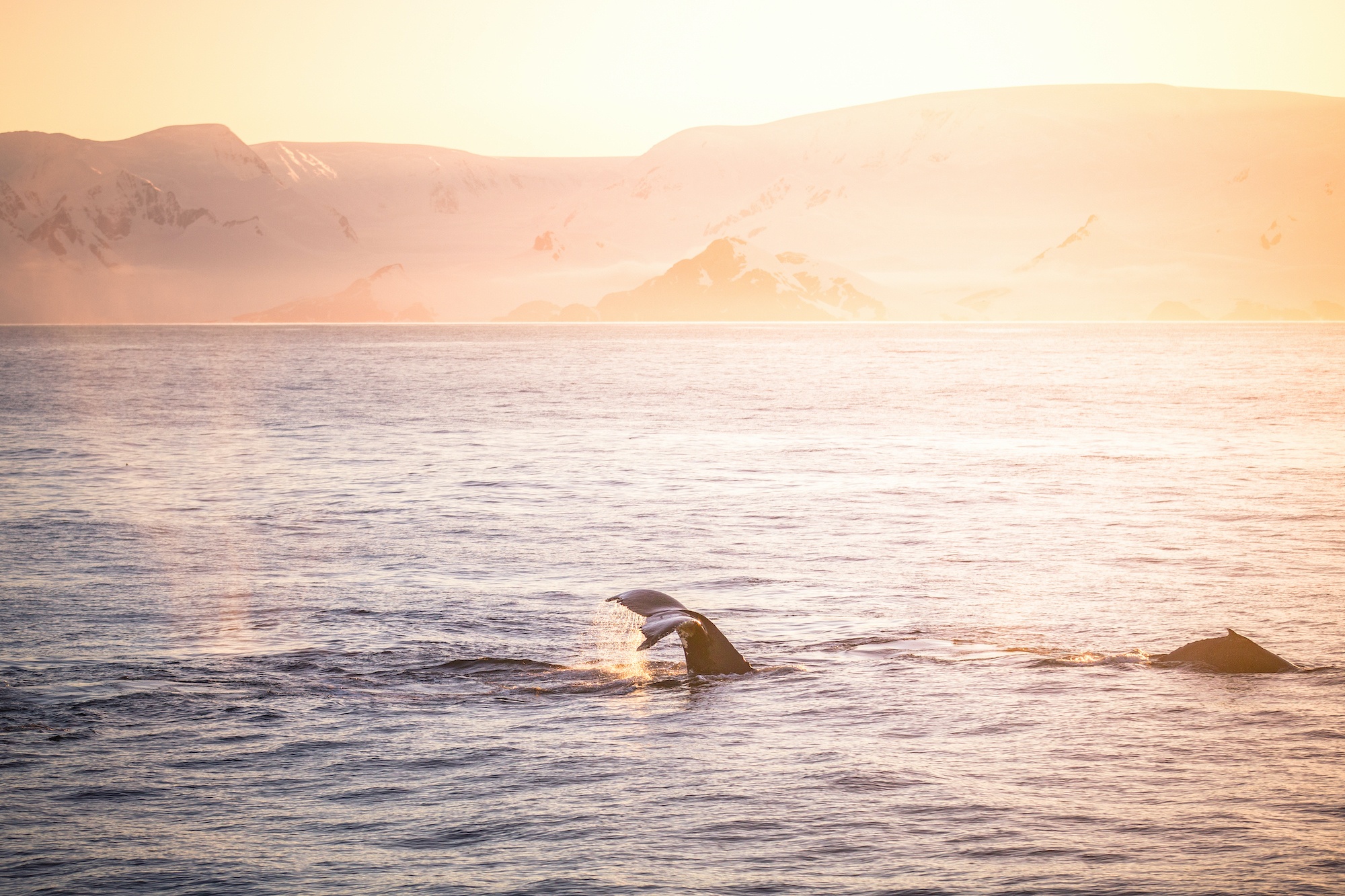
4. Don’t use full pressure
If you’re lucky enough to have a high-pressure shower, welcome to the good life. But it’s the season to decrease the angle of that tap and take a less pummelling wash. It’s not that much of a sacrifice; how much water do we need to wash, after all? Shockingly little if you think about it.
We’ve been fooled into thinking that the shower, as a concept, gives us much more than clean hair and skin; that the products we use in there make us calmer, smell sweeter, and last for longer, but the only thing that’s been lasting for longer over the decades is the time we run the shower for and the time it takes to recover the reservoirs after a drought.
Yeah, didn’t think about that while buying your expensive tiny shampoo bottle, did ya? Neither did I. But now that we’re both thinking about it, I’ll let you into a little secret.
The trick is to only turn it on halfway to start with, rather than reluctantly turning it down from full (trust me, works every time).

5. Drink the whole glass
When the glass is full, drink it all!
Don’t leave it half full for later, because the chances are it’ll be stale, and you’ll chuck it down the sink in favor of a fresh refill. I’m a perfect criminal example of this, or at least I used to be.
If you’re taking a pill in the morning, are you drinking the whole glass? Or do you fill it, take a few sips, and tip the rest? Well, do you?
Seriously, drink the whole glass, or use a water bottle so your H20 can stay fresher for longer. Refrigerate it if you want cold water (although let’s be honest, most NZ taps run freezing in winter, so the fridge becomes redundant here). But just try to remember: If you have a drink, finish it. If you have food, finish it.
Zeeerrrrrrooooooo waste that cup/bowl/plate. Every time.

6. And lastly, let’s rightly consider food too…
As consumers, we know that water plays a massive part in the processes of production: both material and food.
There are more and more documentaries on the net about how much water dairy farming requires. We’d probably all rather watch penguins and whales frolicking in David Attenborough’s Blue Planet, but it’s helpful to educate yourself on what’s happening a bit closer to home, too.
Areas of New Zealand such as Canterbury struggle with irrigation problems, and waste-water run-off. However, it’s not only the meat industry that requires tonnes of water in production; some plant-based food is more devilish than others too.
For example, almond milk takes considerably more water to process than oat milk or soy milk (must be because the almonds have such tiny udders… ha-ha). The thing to ask yourself is… are you aware of this and are you talking about it?
It’s hard to comprehend the statistics, I know. But interestingly enough, according to this LA Times article, American’s use twice as much water as they think they do. It’s kind of like how everyone thinks they are an above-average driver; you’re not aware of your own position within the masses. Like, did you know that it requires over 1,100 liters of water to make 500 grams of rice, over 2,200 liters to make a half kilo of cheese, and over 8,570 liters to make half a kilo of coffee?
That’s incredible.
Too incredible to process without more water to hydrate your brain.

If you’re like me, staring into a cup of NZ coffee and struggling to imagine precisely what 8,000 liters of water looks like, don’t sweat it. The chances are, you won’t be any wiser by the end of those fresh beans. It’s almost impossible to visualize. But you can boil the kettle to wash your very intriguing coffee cup. You can have a shorter shower after sports tonight.
Think about it, Auckland, and the rest of New Zealand.
By all means, keep washing your hands thoroughly to combat the spread of winter germs and prevent that nasty COVID19, but also take a moment to consider how your luxurious daily routine can be better managed to save our country’s water supplies and help replenish those much-needed water stores in time for a good ole’ ice cream in summer.
Have you been consciously saving water for the past few months? Are you also experiencing restrictions in Auckland? Do you have any hot tips to share? Spill!
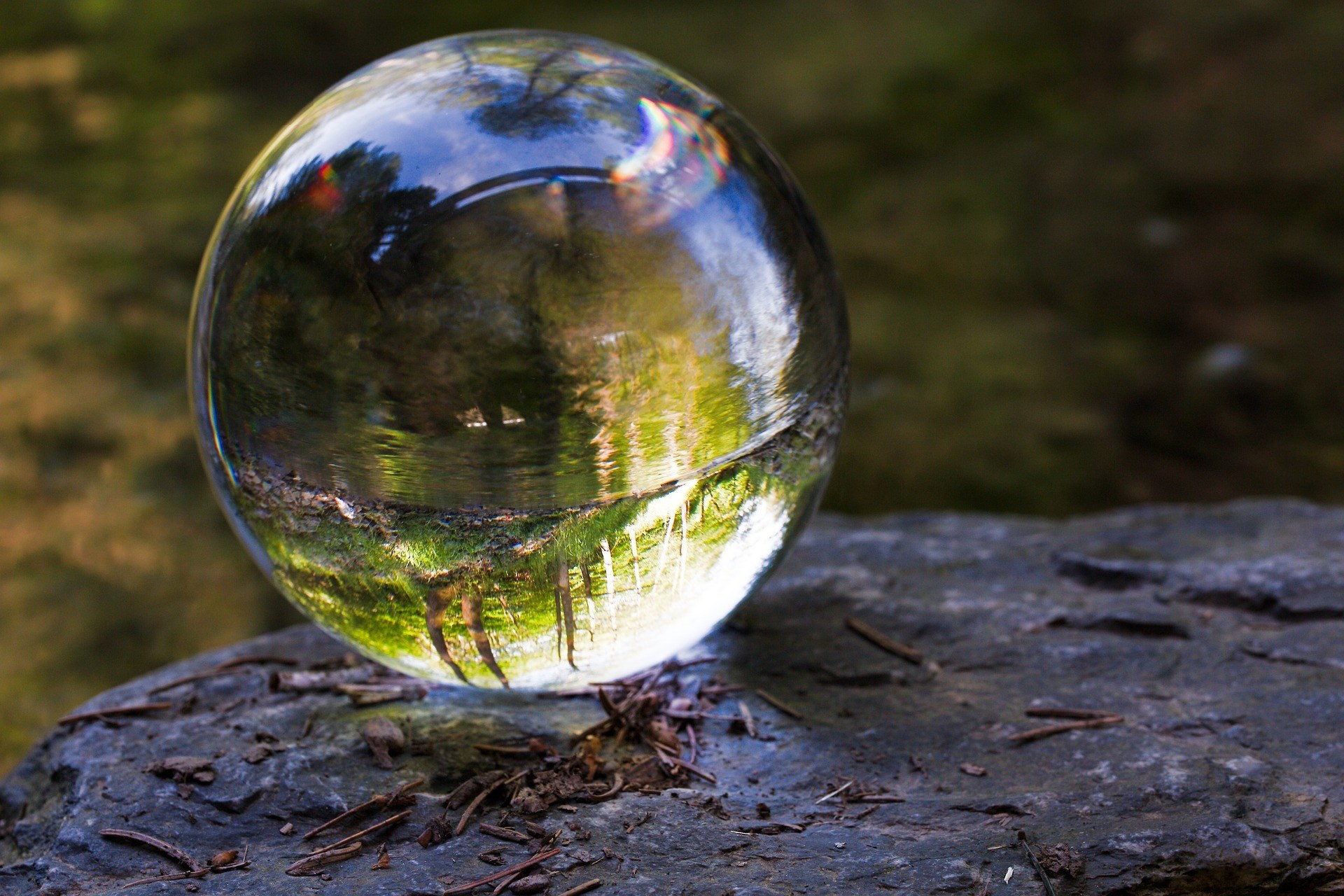
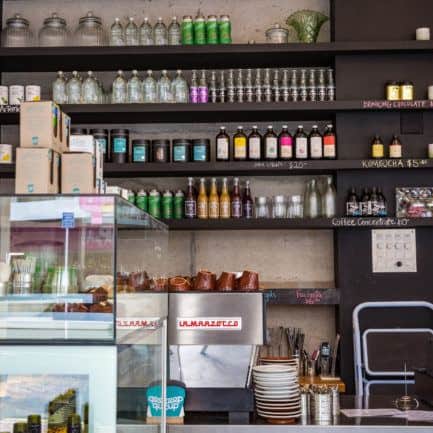
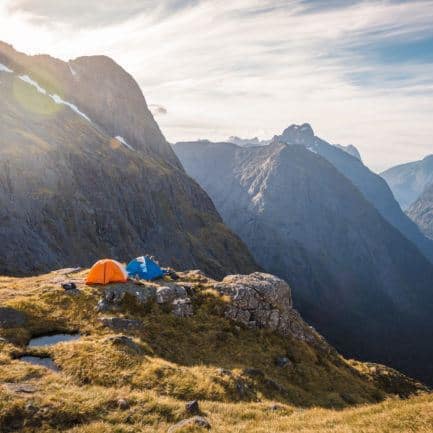
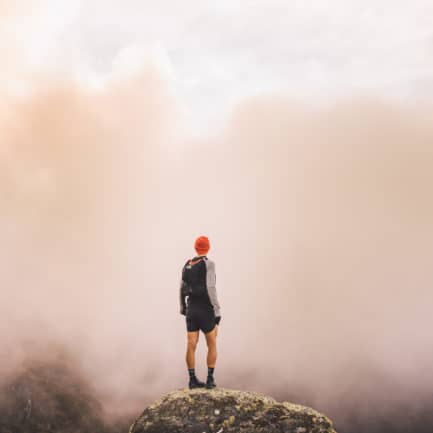
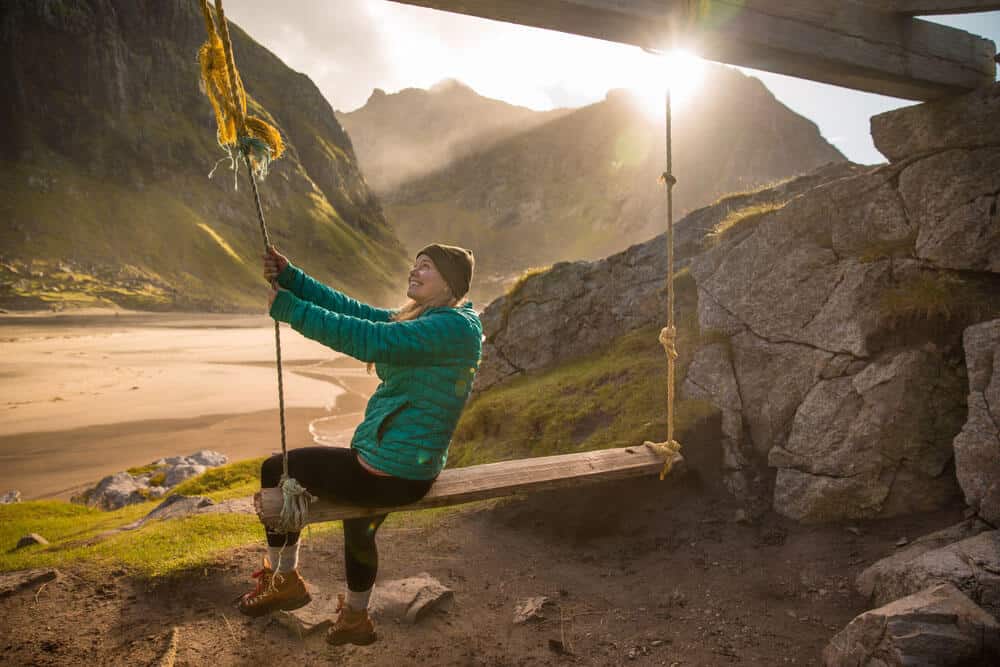
Thank you for the helpful advice! No of where we live, we can probably all do a better job of conserving water. Last year, when I visited my auntie in Australia, where water shortages are common, she gave me some helpful advice.